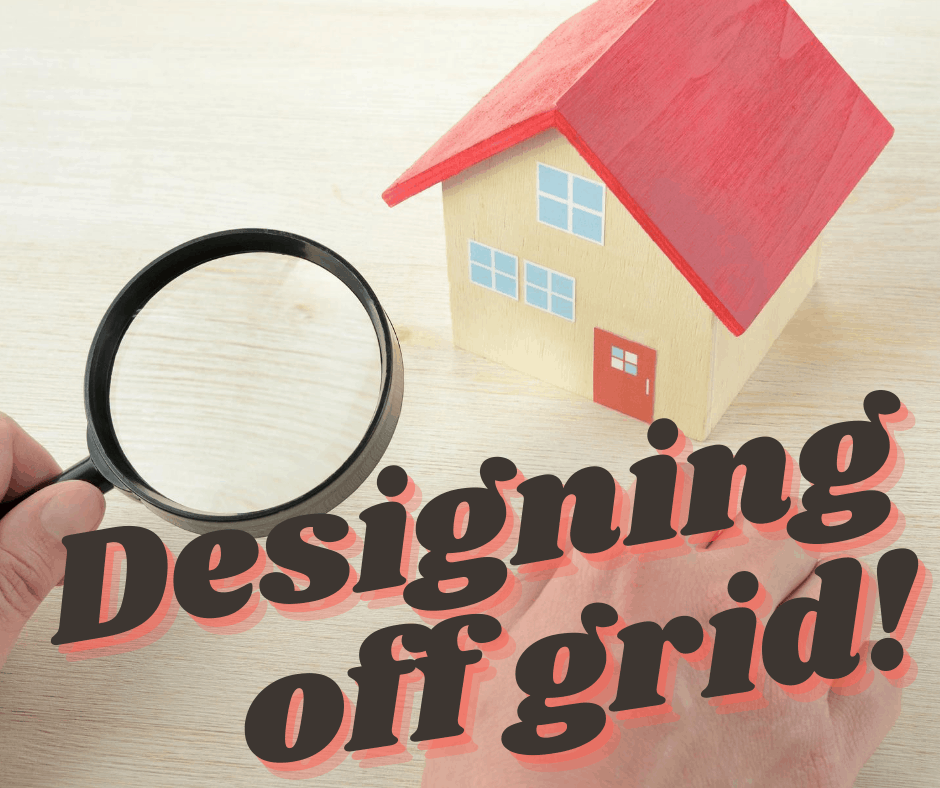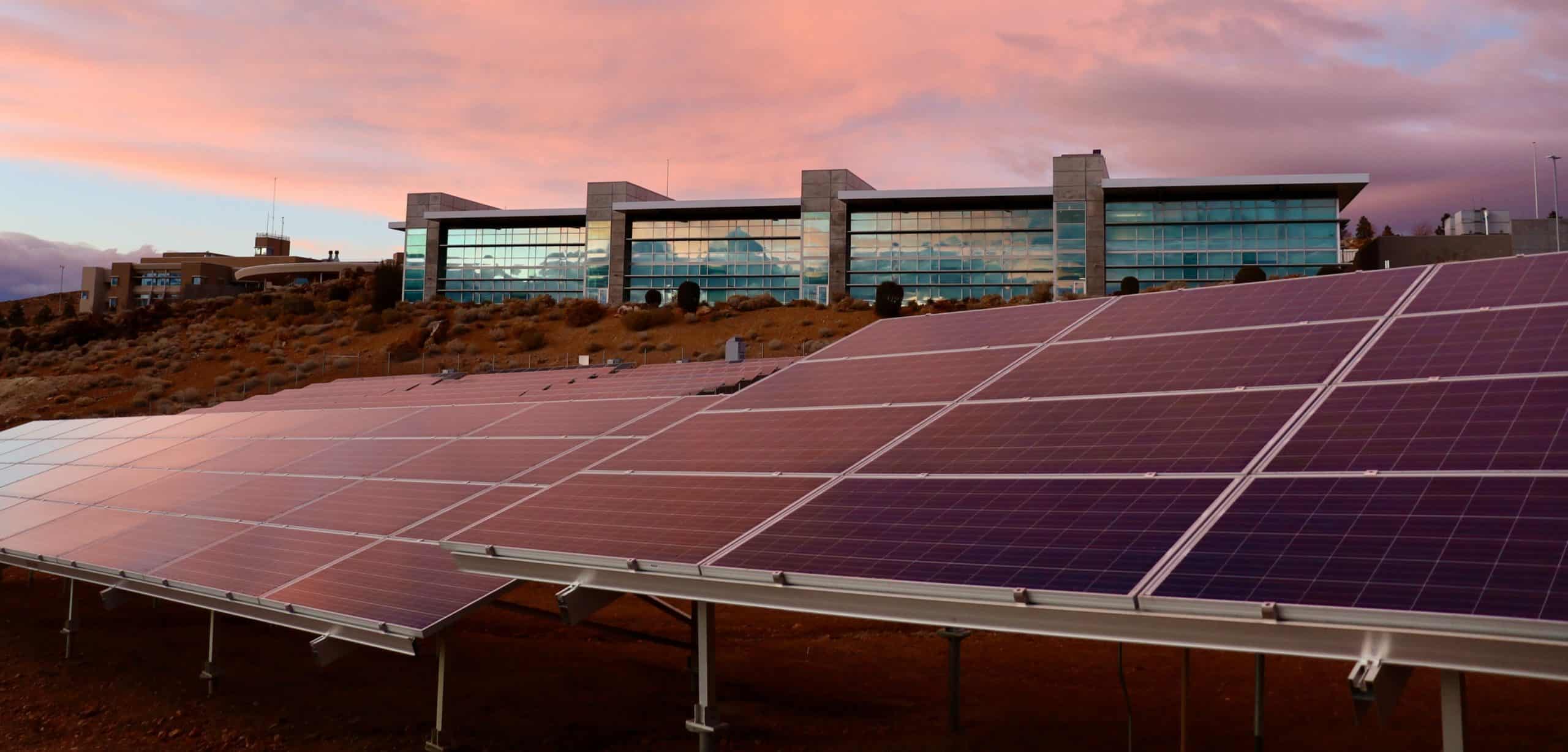Save Now, Pay Later.
With flexible payments from handypay.
Save Now, Pay Later.
With flexible payments from handypay.
Published

Last part of our Off Grid Month special
As the final part of ‘August is off grid month’ I thought I would make the final part of this months theme about the process of getting an off grid system designed. (If you’ve missed the rest of the articles about understanding off grid, head to our Energy News page).
Customer load profiles.
For starters, we need to know what the customer is trying to achieve. We call this ‘developing a load profile’. This takes in the lights, appliances and equipment they want to run, when they want to run it and how long they want to run it for. This is the most critical part of the whole process. In fact it’s more important than which panels or batteries or inverters they want to use. How can anyone design anything without knowing its purpose? Yet we still see ‘pretend’ and inadequate off grid providers trying to sell off grids kits. This comes from the supplier just wanting to move boxes of equipment easily to make a quick profit and run. ‘Kit style’ off grids are merely an expensive box of disappointment.
The first part of developing the load profile is determining the sites estimated electrical consumption for 24 hours. This is done by the customer filling in a sizing form where they list and describe what the want to run (i.e., fridges, freezers, washing machines etc).
Sizing the solar array.
Once we have those details, we can determine the amount of solar the customer requires and we generally size the solar arrays for winter production taking into account:
Sizing the battery bank.
We will now look at the customers’ night time consumption and we will use this to size the batteries. This is crucial, as under sizing batteries to try and save money, is the most common issue we see with tales of woe amongst a lot of off grid solar systems. Regardless of the chemistry, any battery that has a chemical state of change during charging and discharging wears out more quickly the harder and more often you discharge it. A lot of batteries struggle to have more added to them in the future. Spending a bit of time in finding the right size battery can save the customer, literally, tens of thousands of dollars worth of grief down the track.
Selecting the correct sized inverter.
‘If I had a device that needed 4kW of power to run, then is a 3kW inverter going to be any good to me?’ The answer is obviously not. But it happens a lot and we see this all the time, especially in these off grid kits (a.k.a the expensive boxes of disappointment). It doesn’t have to be one device if you have multiple devices drawing power from your off grid system and it exceeds the inverters production limits the system will shutdown or the generator will kick in to try and support it.
Generators.
Generators are an integral part of any off grid system. They are needed to fill in the gaps where the weather doesn’t play fair and the customer has run low on power. A properly designed off grid solar system will have very low run hours per year. Maybe one tank of fuel in a year. But there is always that unknown and having that alternative source of energy (generator) available takes away all the risk of not being able to maintain constant power to a site out of the equation.
This is the basic starting requirements of any off grid design.
The hardware.
The next part is working out which solar panels will best suit the site, which battery chemistry or type to use and which charging method to go with either DC coupled or AC coupled. We need to work out whether we need to make the generator auto start, if the site need 3 phase power or single phase, what sort of surge currents are we likely to see, this list goes on and on. The amount of design nuances can spell the difference between everything running like a clock or not running at all, is staggering.
This process is the same whether we are doing a small system for a shack or weekender, a house with a busy family or a commercial site with hundreds of thousands of dollars worth of equipment involved. It always begins with a load profile.
If you haven’t already worked it out already, DMS Energy are the North West coast’s leading off grid specialists and Victron dealers. We have all the gear for those small projects you might want to muck about with yourself to charge the odd battery as well as being able to design, supply and install an off grid solar system to suit any situation.
There is literarily nothing that cannot be energised by an off grid system. It just begins by engaging the right electrical contractor for the job. And remember to avoid the kit style boxes of disappointment!
DMS Energy, Tasmanians helping Tasmanians 2007.

Simple, Low Rate Green Loans

Introducing award winning finance provider, Handypay, to bring you the most Competitive, Flexible and Versatile finance solution available in the home improvement industry today!
We have partnered with Handypay so customers can access a simple, affordable green loan for their solar panels and home batteries. Get a no-obligation quote and pre-approval in minutes, not weeks.
DMS Energy strives to Honestly, Ethically and Accurately assist Tasmanians to meet their energy reduction goals.
DMS Energy have advised countless locals on the right energy solutions for their home’s and business’s.




DMS Energy are not your typical energy efficiency salesmen! We are long time locals offering expert advice on solutions that are tailored to your individual needs. Talk to one of our experts today.